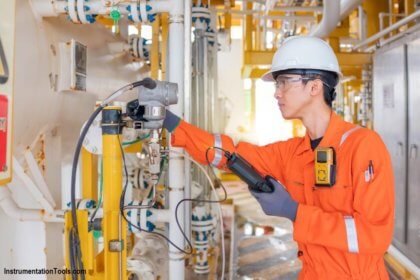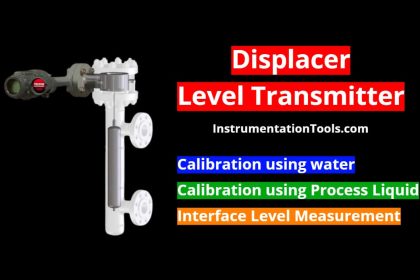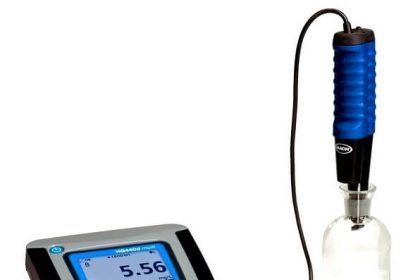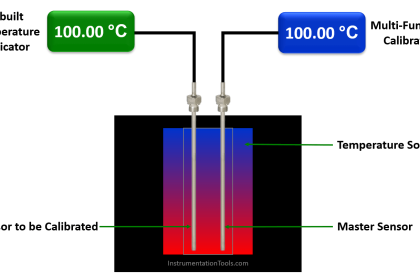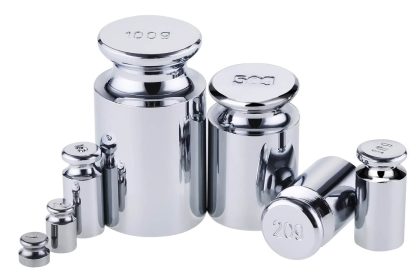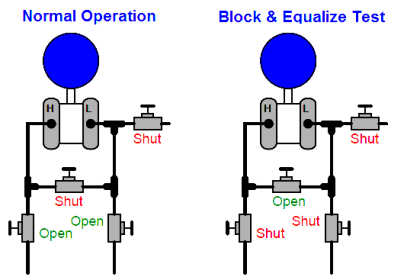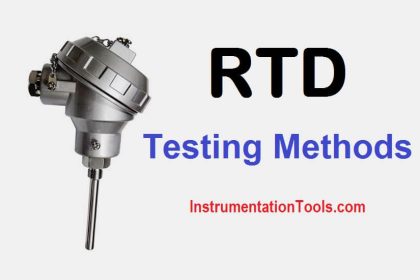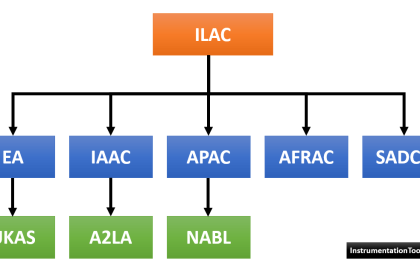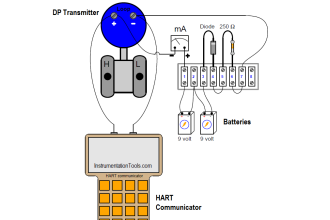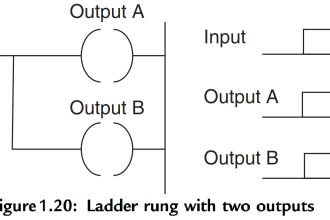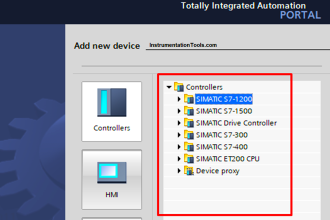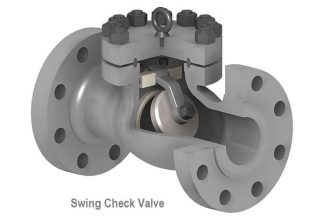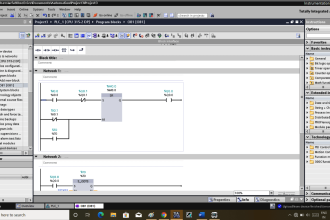For Calibration, we need Unit Under Calibration (UUC) and Master Instrument. We compare the reading of UUC with reference to Master Instrument.
Therefore the selection of Master Instrument is a very important step in Calibration.
Criteria for Selection of Master Instrument
There are six steps for the master instrument selection. They are as follows.
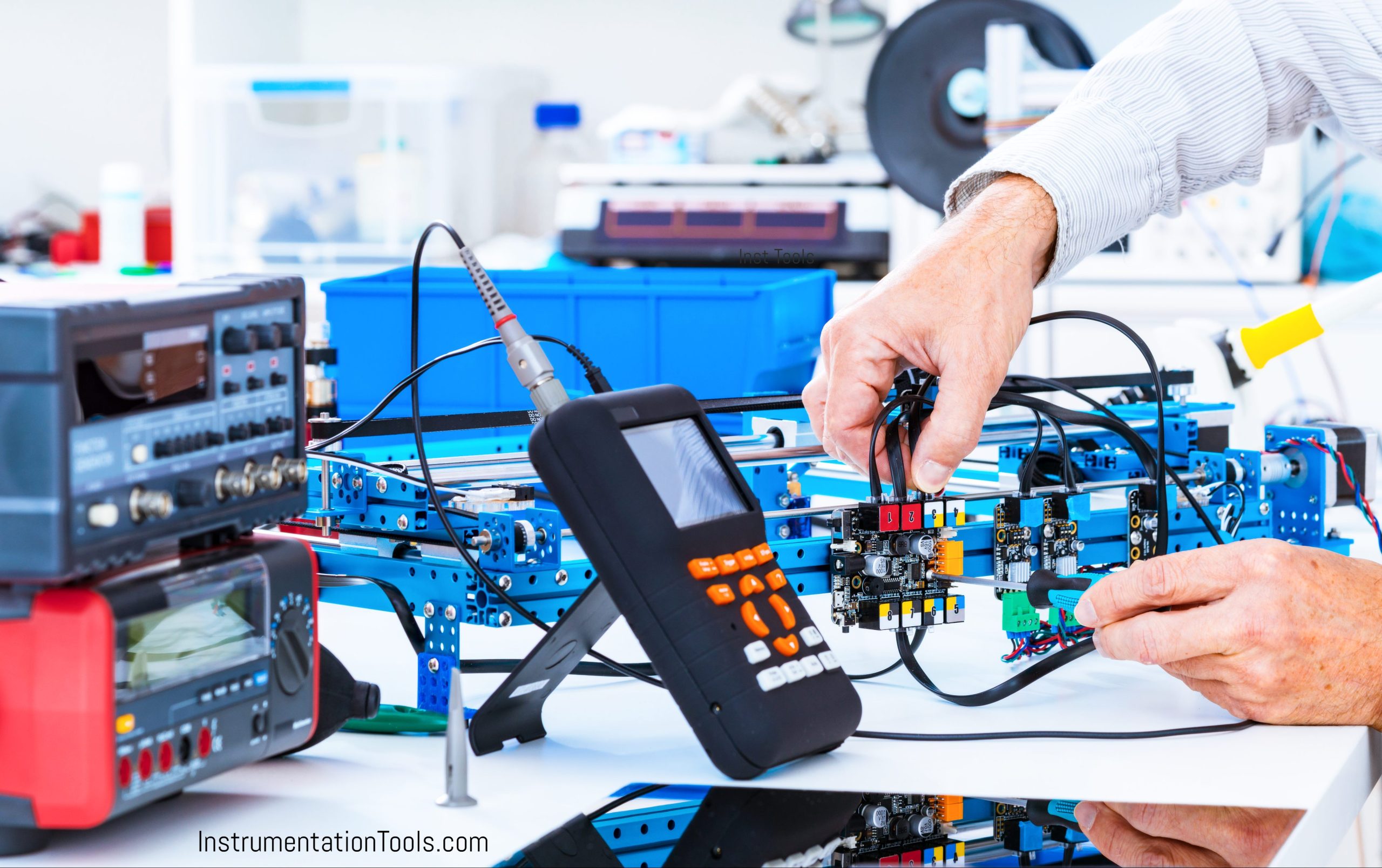
Step 1
Compare the range of Master Instrument and UUC. Master Instrument should cover the full range of UUC.
For e.g.- We cannot calibrate the thermometer of range 300 degrees Celsius with Master Instrument having a range of 100 degrees Celsius.
Another example, we cannot calibrate 10 bar Pressure Gauge with Master Pressure gauge having a range 8 bar.
Step 2
Compare units of Master Instrument and UUC
To compare UUC and master Instrument, both should have the same units.
We can compare two instruments with different units if the unit conversion is possible.
For example, in Pressure Gauge, we can compare bar and kg/cm2 with proper unit conversion formula.
It is recommended to have the same units of Master Instrument and UUC.
Step 3
Master Instrument should have a better least count than UUC.
Least count is the smallest measurement that can be taken by a measuring instrument.
Step 4
Accuracy of the Master Instrument should be at least 3 times better than UUC.
Accuracy is the ability of the instrument to measure the accurate value.
Accuracy is different for Precision.
Also, it is technically wrong to use 1000 bar Pressure gauge as Master Instrument to calibrate 10 bar Pressure gauge.
Even it satisfies the 1st condition of the range, it doesn’t satisfy the condition of accuracy.
Step 5
Master Instrument should be calibrated and it is within calibration due date.
Master Instrument should also be calibrated with higher accuracy Instrument before using has Master Instrument.
This is known as a chain of calibration traceable to National/International Standards.
Step 6
The Master instrument should be calibrated at the calibration point of UUC
Consider a case, Master Instrument satisfies all the above conditions of range, Accuracy and calibration due date.
We want to use a master pressure gauge for calibration point as 4.5 bar of UUC, but Master Pressure is calibrated only till 4 bar.
Therefore, we cannot use this as master for calibration of 4.5 bar UUC pressure gauge.
The Master instrument should satisfy all these conditions to use as a Master for Calibration. If it fails in any one condition, it cannot be used as Master Instrument.
If you liked this article, then please subscribe to our YouTube Channel for Instrumentation, Electrical, PLC, and SCADA video tutorials.
You can also follow us on Facebook and Twitter to receive daily updates.
Read Next:
